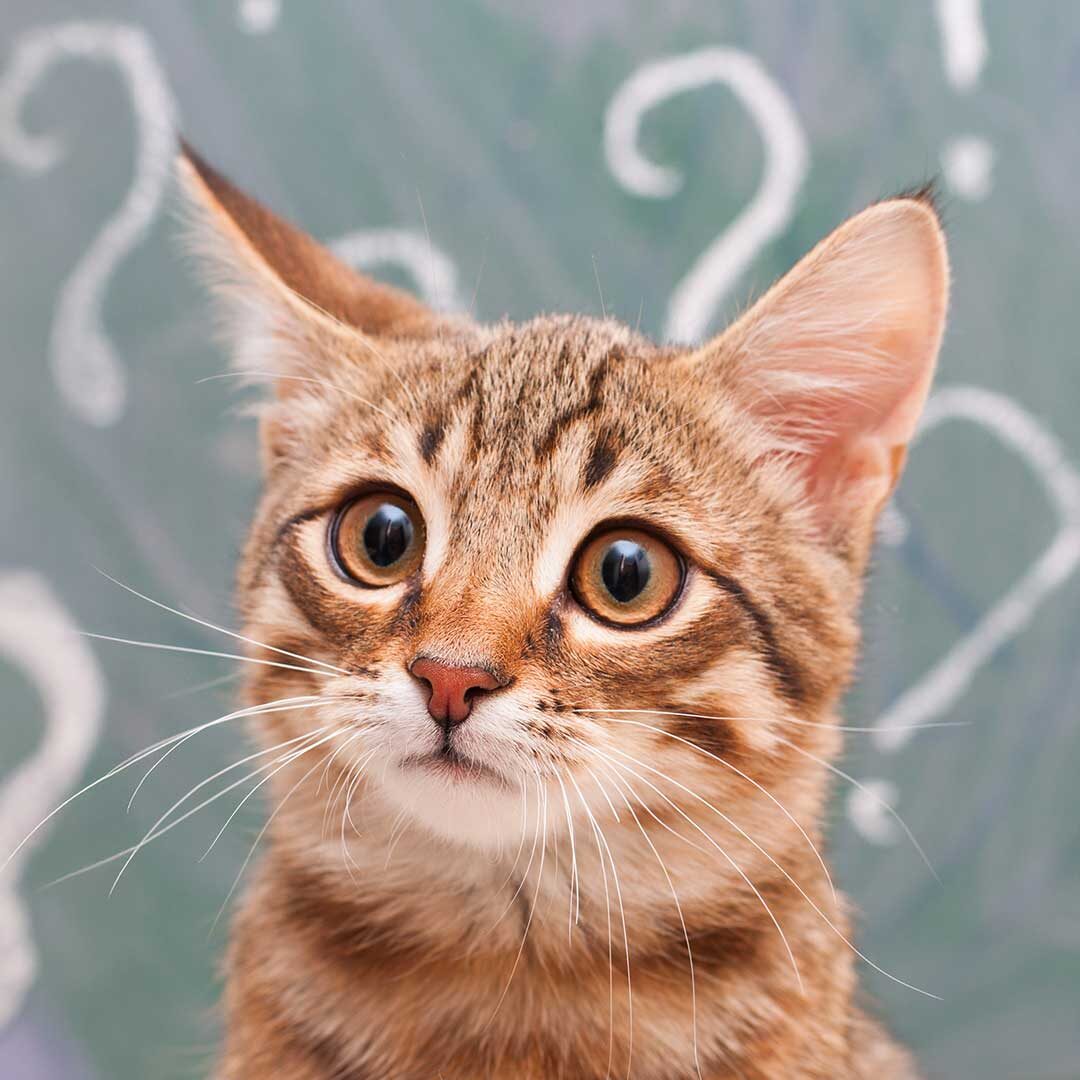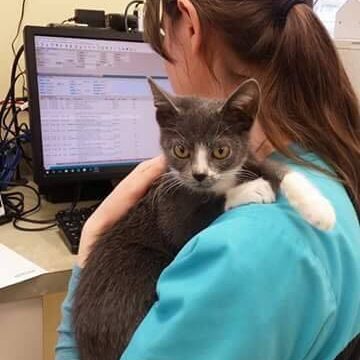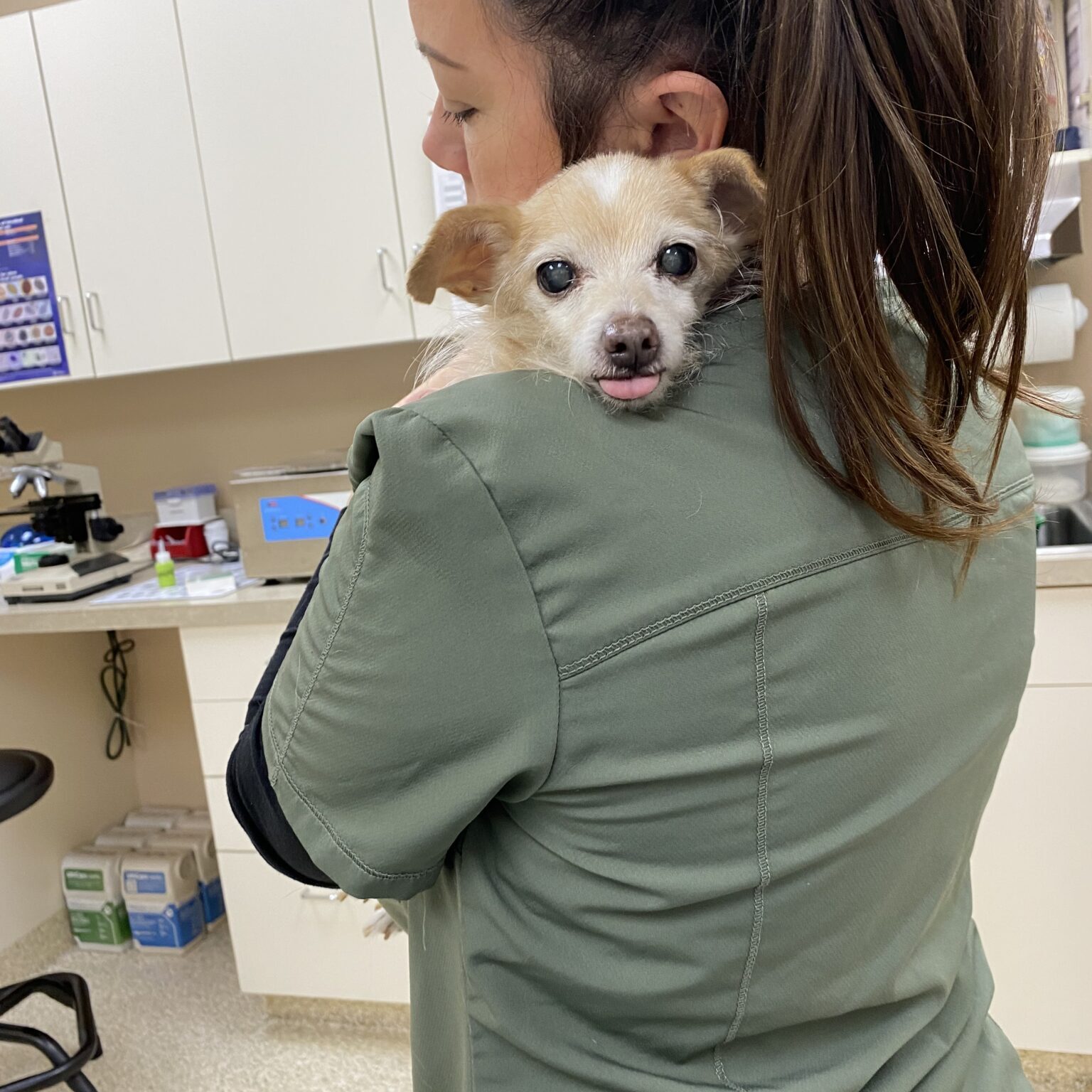
What Is Endoscopy?
Endoscopy is a medical procedure that uses a flexible tube with a camera and light (called an endoscope) to visually examine the internal structures of your pet’s body. This tool allows our veterinarians to access areas like the upper gastrointestinal (GI) tract without the need for invasive surgery.
When Is Endoscopy Used for Pets?
Endoscopy is a versatile tool used to both diagnose and treat a variety of conditions in dogs and cats.
Common reasons for endoscopy include:
Foreign Body Removal
Pets, especially curious dogs and cats, sometimes swallow non-food objects like toys, bones, or strings. Endoscopy allows us to retrieve these foreign objects without surgery.
Biopsy Collection
When diagnosing chronic conditions, such as gastrointestinal diseases, endoscopy allows us to collect small tissue samples (biopsies) from the esophagus, stomach, or small intestine to help pinpoint the cause of your pet’s symptoms.
Unexplained GI Symptoms
Endoscopy can help evaluate issues like persistent vomiting, diarrhea, or weight loss when other diagnostic tools haven’t provided answers.
Other Upper GI Concerns
Conditions affecting the esophagus, stomach, or small intestine can often be better understood and treated using endoscopic methods.

What to Expect During Your Pet’s Endoscopy Procedure
Endoscopy is performed under general anesthesia to ensure your pet’s comfort and safety. Here’s what you can expect:
- Pre-Procedure Preparation: Before the procedure, your pet will undergo a thorough examination and will require bloodwork or imaging to assess their overall health. Fasting is typically required to ensure the stomach is empty.
- The Procedure: Once your pet is under anesthesia, our veterinarian will carefully guide the endoscope into the desired area. For foreign body removal, specialized tools attached to the endoscope retrieve the object. For biopsies, small tissue samples are collected for laboratory analysis.
- Post-Procedure Care: After the procedure, your pet will be monitored as they wake from anesthesia. Most pets return home the same day and recover quickly. Our team will provide clear aftercare instructions and discuss any findings with you.
If your pet is experiencing gastrointestinal problems, endoscopy could be the key to quickly diagnosing and resolving the issue. Give us a call at (630) 393-1131 to make an appointment!

